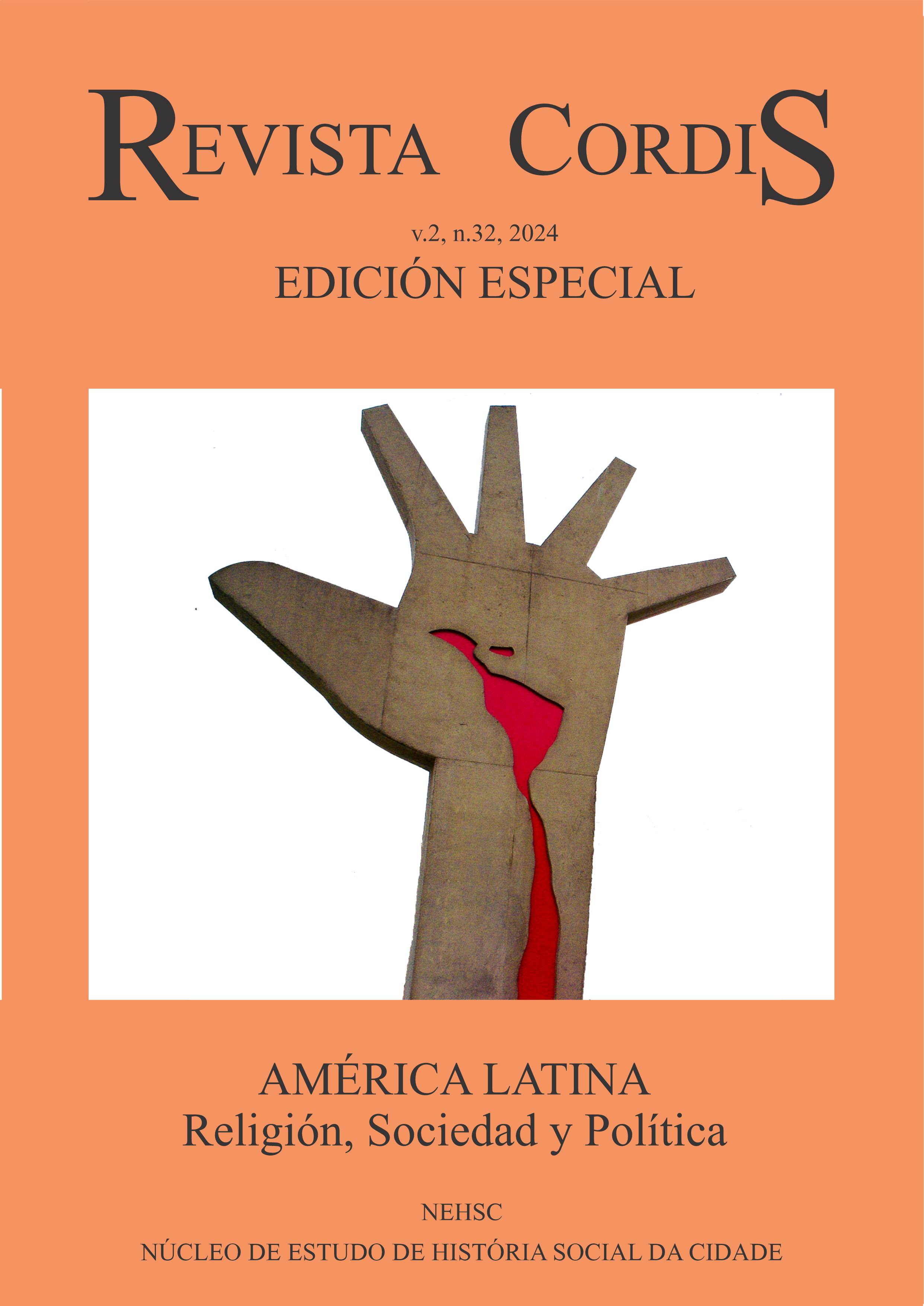El consumo de animé en Latinoamérica
Una historia por contar
DOI:
https://doi.org/10.23925/2176-4174.v2.2024e67613Palavras-chave:
Historia Cultural, Consumo Cultural, AniméResumo
El presente artículo ofrece un análisis exhaustivo del desarrollo y evolución del consumo de animé en Latinoamérica desde la década de 1960 hasta la actualidad. El propósito principal del artículo es explorar cómo el animé, originario de Japón, se ha convertido en una fuerza cultural significativa en la región, influenciando no solo el entretenimiento sino también aspectos más amplios de la vida cotidiana y la identidad cultural.
Referências
ADORNO, T. y HORKHEIMER, M. Dialectic of Enlightenment. Standford University Press, 2002.
ANDERSON, B. Imagined Communities: Reflections on the Origin and Spread of Nationalism. Verso, 1983.
AZUMA, H. Otaku: Japan's Database Animals. University of Minnesota Press, 2009.
BOURDIEU, P. Distinction: A Social Critique of the Judgement of Taste. Harvard University Press, 1984.
CLEMENTS, J., y MCCARTHY, H. The Anime Encyclopedia: A Century of Japanese Animation. Stone Bridge Press, 2015.
CONSALVO, M. Atari to Zelda: Japan's Videogames in Global Contexts. MIT Press, 2012.
FENNELL, D. Piracy, Online Streaming, and the Rise of Legal Alternatives: Case Studies from the Japanese Anime Industry. University of Ottawa Press, 2014.
GARRIDO, S. Music, Nostalgia and Memory: Historical and Psychological Perspectives. Springer, 2014.
GIDDENS, A. Modernity and Self-Identity: Self and Society in the Late Modern Age. Stanford University Press, 1991.
HALL, S. Cultural Identity and Diaspora. In J. Rutherford (Ed.), Identity: Community, Culture, Difference. Lawrence & Wishart, 1990, pp. 222-237.
HESMONDHALGH, D. The Cultural Industries. SAGE Publications, 2007.
JENKINS, H. Convergence Culture: Where Old and New Media Collide. New York University Press, 2006.
LADD, F., y DENEROFF, H. Astro Boy and Anime Come to the Americas: An Insider's View of the Birth of a Pop Culture Phenomenon. McFarland, 2009.
LENT, J. A. Animation in Asia and the Pacific. Indiana University Press, 2000.
MARTÍN-BARBERO, J. Communication, Culture and Hegemony: From the Media to Mediations. SAGE Publications, 1993.
NAPIER, S. J. Anime from Akira to Howl's Moving Castle: Experiencing Contemporary Japanese Animation. Palgrave Macmillan, 2005.
NAPIER, S. J. From Impressionism to Anime: Japan as Fantasy and Fan Cult in the Mind of the West. Palgrave Macmillan, 2018.
PIETERSE, J. N. Globalization and Culture: Global Mélange. Rowman & Littlefield, 2009.
SMITH, P. H. Talons of the Eagle: Latin America, the United States, and the World. Oxford University Press, 2017.
Downloads
Publicado
Como Citar
Edição
Seção
Licença
Copyright (c) 2024 Matías Alvarado Leyton

Este trabalho está licenciado sob uma licença Creative Commons Attribution 4.0 International License.



